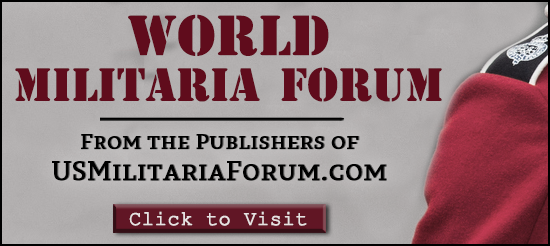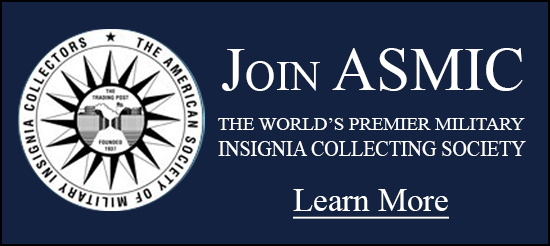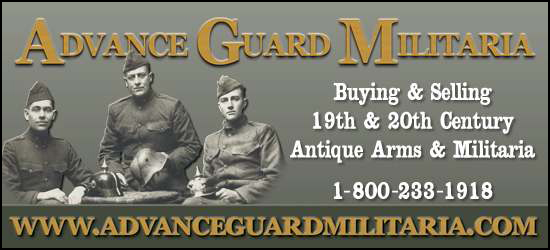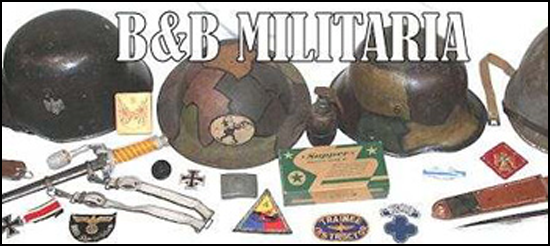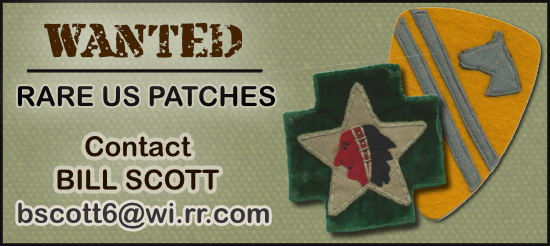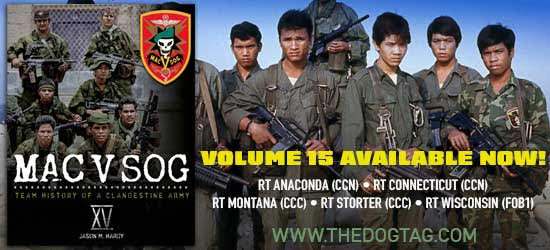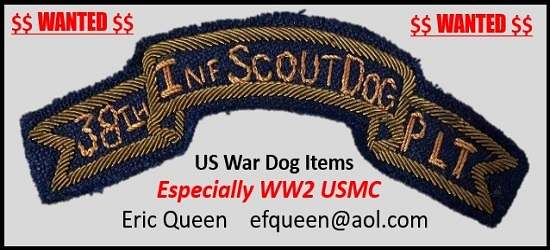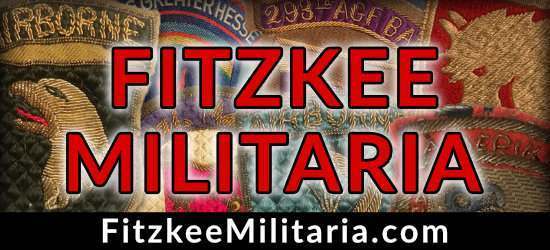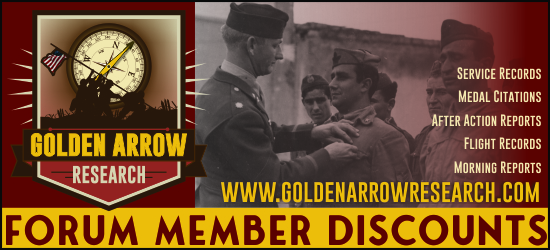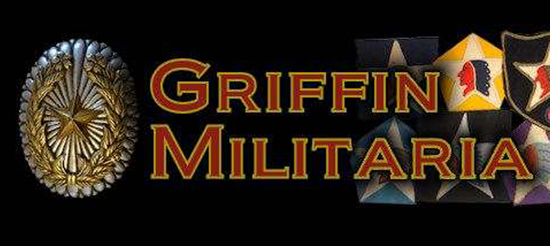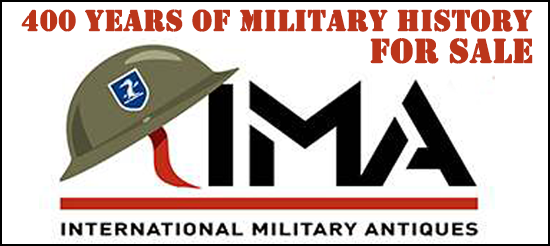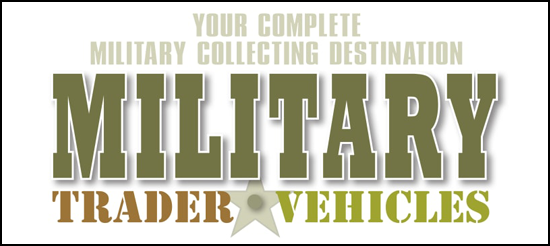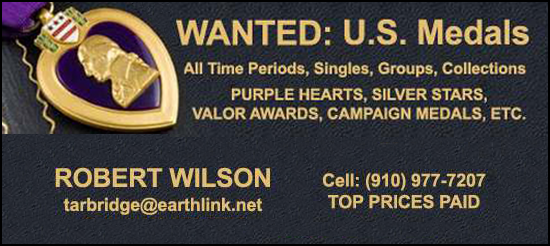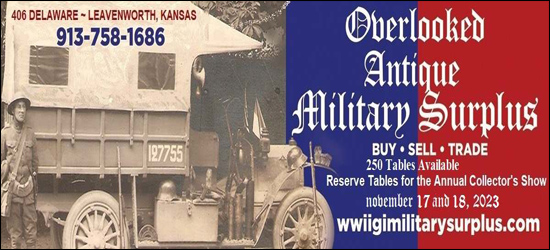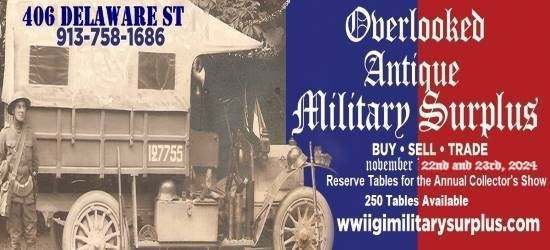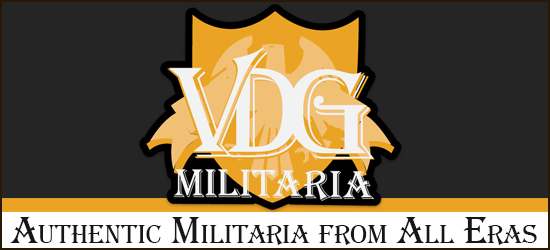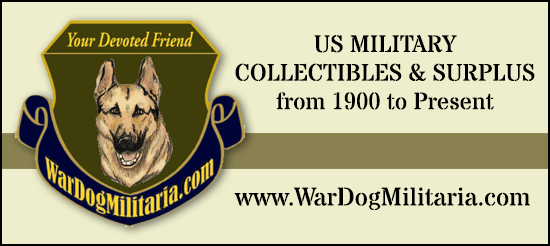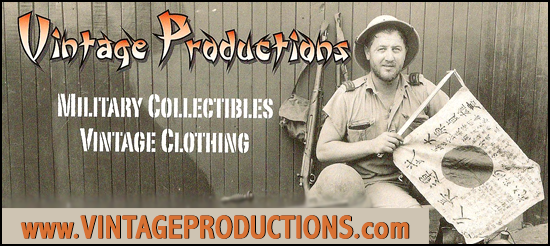-
Donate
Type donation amount in box below.
IMPORTANT! If you donate via PayPal using an e-mail address different than the one you are currently using on USMF and would like a 2024 Donor Icon added to your account, you MUST CONTACT vintageproductions or stratasfan and let them know what email address was used for the donation.
Thank you for supporting USMF.
Donate Sidebar by DevFuse -
Recent Posts
-
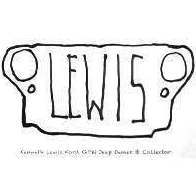
By General Apathy · Posted
. Hi Johan, always a pleasure to see your bicycle out and being used. The photographs of the German unit at a friends farm are all using bicycles, I can't recall seeing any vehicles in the images she showed me earlier today, when I get the images I will add some of them here. Here's the start of my ' Columbia ' , needing a few more parts, in fact everything that's shown in your photo. 🤣 🤣 🤣 https://usautoindustryworldwartwo.com/westfield.htm Norman D. Landing, Forum Normandy Correspondent, April 20 2O25. …. -

-

By AceDaily · Posted
Yes, this patch is the insignia of the 509th Airborne Infantry Battalion Combat Team, also known historically as the 509th Parachute Infantry Battalion. Key Identifiers: Airborne Tab: Indicates the unit is part of an airborne/paratrooper unit. Red Bomb Symbol: The large bomb represents the unit’s role in delivering powerful strikes, and it ties back to their early airborne assault missions. Four Red Stars: These may represent specific campaigns or honors, often associated with World War II actions. Color Scheme: Black and red with gold/yellow bomb outline—this unique combination helps distinguish the 509th patch from other airborne units. Historical Background: The 509th Parachute Infantry Battalion was the first U.S. airborne unit to make a combat jump, which occurred in North Africa during Operation Torch in November 1942. They also fought in Italy and Southern France. The 509th later became part of the Airborne Infantry Combat Team configuration post-WWII, which this patch most likely represents. -

By Bearmon · Posted
Commander Air Task Group 182 attached to the USS Lake Champlain for one cruise in 1958 or 1959 -

By Bearmon · Posted
I think AceDaily may be our First AI member.. -

By AceDaily · Posted
Yes, this patch appears to be for CATG 182, which stands for Commander Amphibious Training Group 182 or a similar amphibious training group designation under the U.S. Navy. Patch Features: GEMCO was a well-known manufacturer of military insignia, especially active during the mid-20th century. The shield with a checkerboard pattern in red, gold, blue, and black indicates a heraldic influence, often used in Navy and joint service training unit patches. The two eagles (or stylized phoenixes) and stars above them add to the ceremonial and heraldic look, which was typical for training or command staff units. The triangular shape is also somewhat unusual and may represent a particular class or school designation. Likely Origin: This patch is likely related to U.S. Navy amphibious warfare training, possibly tied to the post-WWII or Cold War era, when such units were heavily involved in preparing troops and naval personnel for amphibious operations, often involving Marine Corps coordination. -

By AceDaily · Posted
Yes! This patch design is associated with the 90th Bomb Group, specifically the 321st Bomb Squadron, from World War II. Key Features: The vulture or buzzard wearing goggles and a helmet, dripping blood from its beak, is a fierce and iconic image. The talon clutching a crescent moon is another distinguishing feature. The stars and dark blue background likely represent night missions or the Pacific Theater skies. About the Unit: The 321st Bomb Squadron was part of the 90th Bombardment Group, famously known as the "Jolly Rogers." They flew B-24 Liberators and served in the Pacific during WWII, operating in areas like New Guinea and the Philippines. The squadron was known for aggressive and effective bombing missions against Japanese forces. This particular style of artwork was often painted on aircraft noses, flight jackets, and later turned into embroidered patches. Many of these unit emblems were either designed by the servicemen themselves or contracted out to artists like Walt Disney Studios during the war. -

-

-

By AceDaily · Posted
Yes, this is a World War II-era patch from the Army Service Forces / Army Service Command (ASC). Breakdown of the Patch: "KEEP 'EM ROLLING" was a famous motto used during WWII to emphasize the importance of logistics and keeping supplies moving to the front lines. "A.S.C." stands for Army Service Command or Army Service Corps (depending on era and specific usage, both terms were associated with logistics and support functions). The winged wheel design at the top signifies transportation and logistics. The overall shape resembles a shield, which is a traditional military insignia form. Historical Context: The Army Service Forces (ASF), established in 1942, were responsible for logistics, supply, transport, and administrative support for U.S. Army operations. Their efforts were crucial in maintaining the war effort across multiple theaters. This patch would have been worn by personnel involved in supply chains, vehicle maintenance, transportation units, or quartermaster roles.
-
-
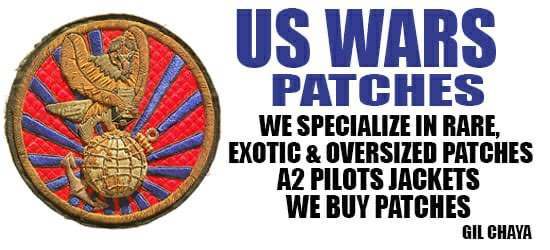
-

-
* While this forum is partially supported by our advertisers, we make no claim nor endorsement of authenticity of the products which these advertisers sell. If you have an issue with any advertiser, please take it up with them and not with the owner or staff of this forum.

